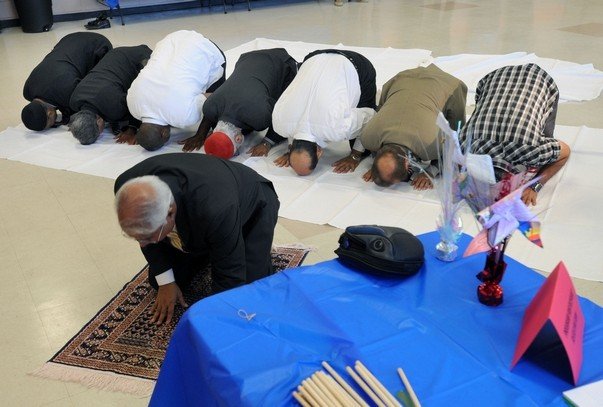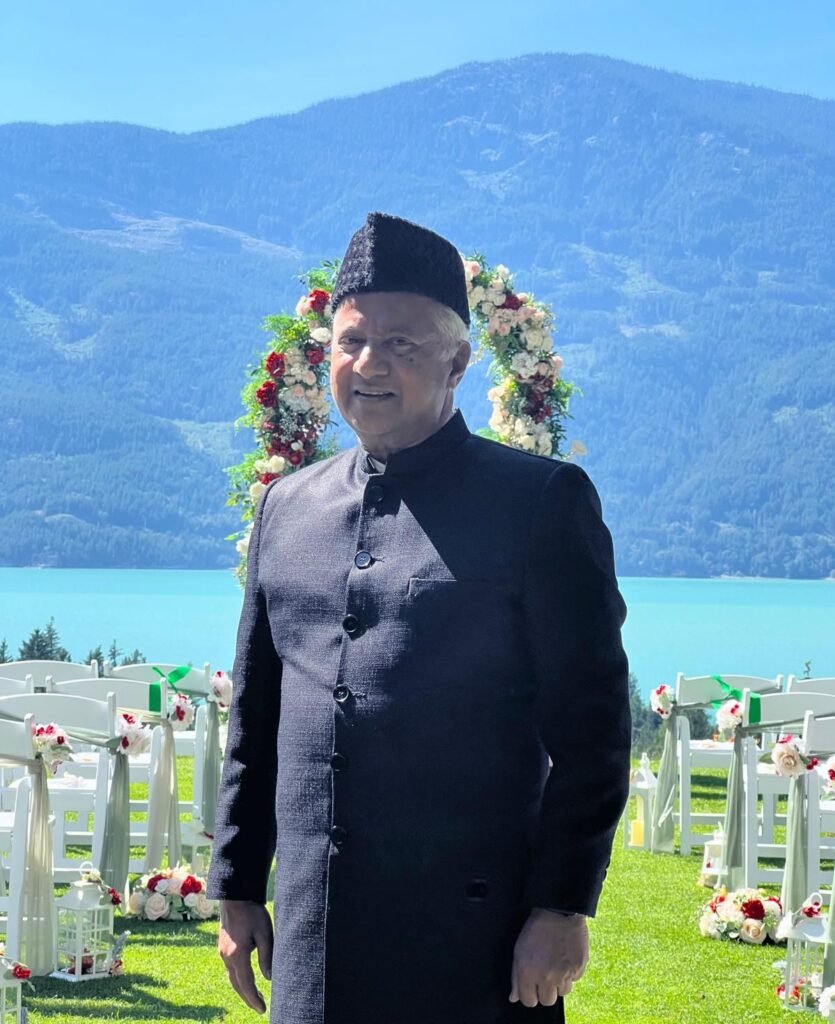
When Pastor Jones announced his intention to burn 3,000 copies of the Quran in Mulberry, Florida, our community stepped in to help diffuse what could have become a deeply divisive and painful situation. While Pastor Jones had the constitutional right to exercise free speech, we also had the moral responsibility—and the same right—to appeal to his conscience and encourage a more peaceful path forward. Our goal was not confrontation, but reconciliation and healing.
To channel the tension into something positive, we organized a series of interfaith prayers, Unity Day gatherings, and blood donation drives that brought together people from all walks of life. These events served as a testament to the power of dialogue, empathy, and cooperation. The complete account of this peace effort is available for those interested in understanding how faith and compassion can overcome division.
Among the most memorable moments was one captured in a photograph that recently surfaced in my OneDrive. The image shows a scene from the Unity Day program held on September 11, 2013, a day that carries deep emotional weight for Americans and Muslims alike. On that day, we gathered as brothers and sisters in humanity, transcending religious and sectarian lines, to pray for guidance, peace, and justice.
As part of the Unity Day observance, we organized two rakat (units) of Muslim prayer, seeking God’s mercy and wisdom for everyone involved—including Pastor Jones himself. Our intention was not to condemn him but to pray that all of us, regardless of belief, might act justly and contribute to the restoration of peace and harmony.
What made this event truly historic was the unity it represented among Muslims themselves. It was one of the rare occasions where members from Shia, Sunni, Ahmadi, W.D. Deen Muhammad, Ismaili, and Bohra traditions prayed together in one congregation. Initially, there was hesitation about praying behind a single imam, given the theological nuances among different Muslim communities. Yet, after thoughtful discussion, I was invited to lead the prayer.
This was not about authority—it was about inclusivity. Over the years, I have been blessed to be recognized as a Muslim who connects with and belongs to all traditions. My approach has always been guided by the belief that unity in diversity strengthens faith and that prayer, when offered together, becomes a powerful symbol of hope and peace.
The image of Muslims praying together that day stands as a reminder that our faith calls us toward compassion and coexistence. It symbolizes what is possible when love triumphs over hatred, and when understanding replaces fear. Through prayer, service, and dialogue, we can continue to build bridges that heal rather than divide.
In a time when the world often feels fractured, this moment from Unity Day in 2013 continues to inspire us to uphold the values of pluralism, respect, and shared humanity.
Dr. Ghouse is the President and founder of the Center for Pluralism and director of the World Muslim Congress. He is an Interfaith Wedding Officiant for InterfaithMarriages.org and a Muslim Wedding Officiant. He is a Muslim, Pluralist, activist, speaker, author, and social scientist. More on Google


